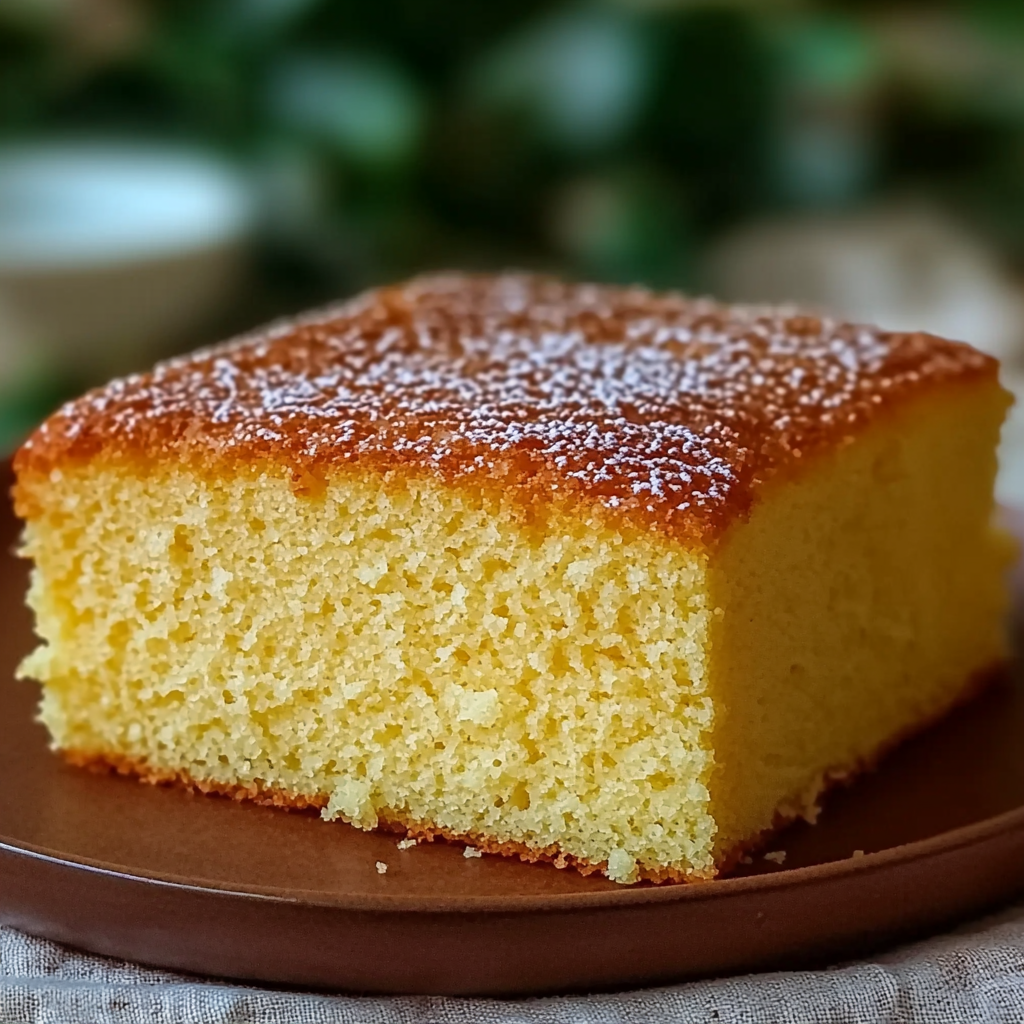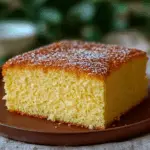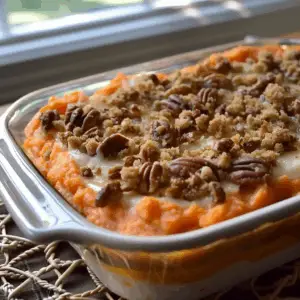1. Why Butter Cake Never Goes Out of Style
There’s something undeniably nostalgic and comforting about a slice of butter cake. Known for its rich flavor and soft, moist texture, this timeless dessert holds a cherished place in both everyday baking and special celebrations. Whether served plain or dressed up with frosting and toppings, butter cake’s simplicity is what makes it universally loved.
From Sunday brunches to birthday parties, butter cake serves as a go-to treat that can be customized in countless ways. Its adaptability is a key reason for its enduring popularity. Bakers love how easily it takes on new flavors, fillings, and forms, while always maintaining its core identity—moist, dense, and full of buttery goodness.
As baking trends evolve, so do the variations of the classic butter cake. But at its heart, the magic remains in the original formula. Throughout this article, we’ll explore the classic butter cake recipe, delve into easy butter cake variations, and reveal how to elevate your baking with simple techniques and creative flair. For a deeper dive into cake cooling techniques and how to preserve moistness, visit Wikipedia’s cake guide.
In addition, if you’re searching for visual inspiration for your own butter cake presentation or decoration ideas, you’ll find plenty of creative options on Pinterest’s cake decorating ideas. These ideas can enhance the look of your cake while staying true to its classic charm.
This guide is designed for both new bakers and seasoned pros looking to bring warmth and sweetness to their kitchen with rich, delicious butter cake recipes.
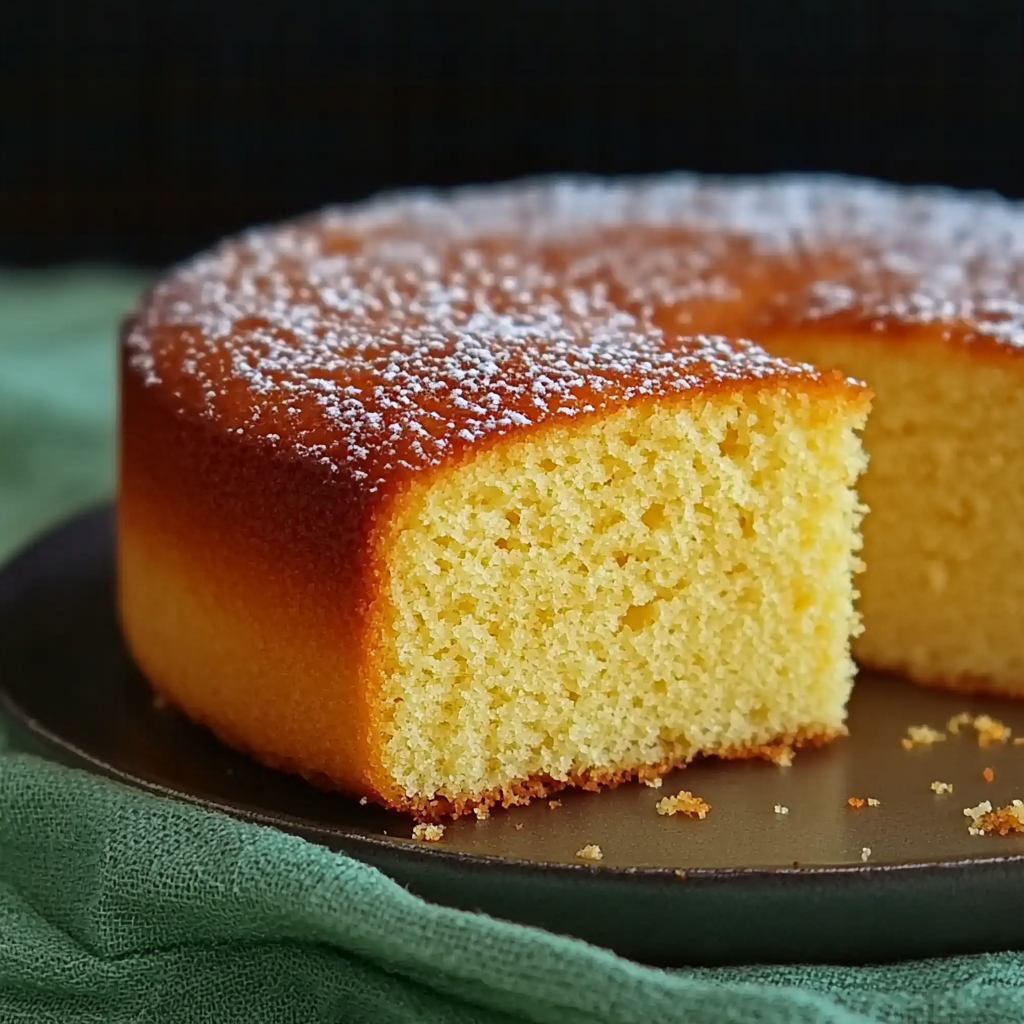
2. What Is Butter Cake?
Butter cake is a foundational dessert in Western baking, prized for its balanced sweetness, dense crumb, and rich, buttery flavor. At its core, this cake is built on the traditional creaming method, where softened butter and sugar are beaten together until light and fluffy—a crucial step for ensuring the final texture is tender and moist.
This cake differs from other types like sponge cake or pound cake. While pound cake traditionally uses equal parts of butter, sugar, eggs, and flour, butter cake leans on chemical leaveners such as baking powder to achieve a lighter structure. This adjustment makes it softer and more adaptable to various flavors and frostings. For more on this, see Wikipedia’s article on baking powder.
The base ingredients of a butter cake include:
-
Unsalted butter (for control over salt content)
-
Granulated sugar
-
Large eggs
-
All-purpose flour (a standard for texture and stability)
-
Baking powder and salt (to aid rise and flavor balance)
-
Whole milk (adds moisture and richness)
-
Vanilla extract (for enhanced aroma and flavor)
The high butter content is what gives the cake its signature richness. Combined with whole milk and eggs, the result is a cake that’s satisfyingly moist with just enough density to hold up under layers of frosting or fillings.
Understanding the role of each ingredient helps bakers troubleshoot or adapt the recipe to their taste. You can explore more on Wikipedia’s entry on flour types to see how all-purpose flour compares with others like cake or pastry flour, which can alter the texture of your butter cake.
Modern bakers are also exploring new flavorings and styles. Pinterest offers an array of moist cake recipes that showcase how butter cake serves as the perfect canvas for creativity. Whether layered with cream or infused with citrus, the classic structure remains a beloved standard in every baker’s kitchen.
3. Classic Butter Cake Recipe (Step-by-Step)
The classic butter cake recipe delivers everything a good cake should: rich flavor, a tender crumb, and reliable results. This version sticks to traditional methods while allowing room for personalization. Mastering this base recipe provides a solid foundation for experimenting with endless butter cake variations later on.
Ingredients & Tools Needed
To get started, gather the following ingredients and tools:
Ingredients:
-
1 cup (2 sticks) unsalted butter, softened
-
1 ½ cups granulated sugar
-
4 large eggs
-
2 ½ cups all-purpose flour
-
2 ½ teaspoons baking powder
-
½ teaspoon salt
-
1 cup whole milk
-
2 teaspoons vanilla extract
Tools:
-
Electric mixer or stand mixer
-
Mixing bowls
-
Rubber spatula
-
Two 9-inch round cake pans or one 9×13-inch pan
-
Cooling rack
-
Measuring cups and spoons
Each ingredient plays a specific role: the butter adds flavor and moisture, the baking powder gives the cake lift, and the milk provides a creamy texture. You can learn more about the science behind ingredients like vanilla extract to see how it enhances the overall flavor profile.
Instructions with Tips
-
Preheat and Prepare Pans
Preheat the oven to 350°F (175°C). Grease and flour your chosen cake pan(s). This helps the cake release easily after baking and ensures even browning. -
Cream Butter and Sugar
In a large mixing bowl, beat the softened butter and sugar together until pale, light, and fluffy. This usually takes 3–5 minutes with an electric mixer. The creaming step incorporates air and is essential for a soft, tender crumb. -
Add Eggs One at a Time
Beat in the eggs one at a time, making sure each egg is fully incorporated before adding the next. This helps maintain a smooth, stable batter. -
Mix in Vanilla Extract
Stir in the vanilla extract. This adds warmth and depth to the flavor. -
Sift and Combine Dry Ingredients
In a separate bowl, whisk together the flour, baking powder, and salt. This distributes the leavening agent evenly. -
Alternate Dry Ingredients and Milk
Add the dry ingredients to the creamed mixture in three additions, alternating with the milk. Begin and end with the dry ingredients. Mix gently and only until combined. Overmixing can lead to a dense cake. -
Bake
Pour the batter into the prepared pan(s), smoothing the top with a spatula. Bake for 30–35 minutes, or until a toothpick inserted in the center comes out clean. Be sure to rotate the pans halfway through for even baking. -
Cool Properly
Let the cakes cool in the pan for 10 minutes, then transfer them to a wire rack to cool completely. For best results, refer to Wikipedia’s guide on cake cooling to avoid sogginess or structural collapse.
Pinterest also has great fruit cake ideas if you’d like to fold fresh berries or dried fruits into the batter.
This recipe serves as the ultimate go-to for celebrations, tea time, or just because. Once you’ve mastered the basics, you can explore ways to customize it, from flavors to fillings, while maintaining its signature buttery texture.
4. Baking Science: Why This Cake Works
Understanding the baking science behind a butter cake helps ensure consistent results and opens the door to successful experimentation. Every element in this cake interacts chemically to create a structure that’s tender yet firm, moist but not greasy. Let’s explore why this recipe produces such reliable and delicious outcomes.
The Creaming Method and Air Incorporation
The most critical technique in this recipe is the creaming method. When unsalted butter and granulated sugar are beaten together, small air bubbles form. These bubbles expand during baking, helping the cake rise and giving it a light, even crumb. Skipping or rushing this step often results in a denser texture.
The Role of Eggs and Milk
Eggs act as emulsifiers, binding fat and water-based ingredients together. This helps create a smooth batter and contributes to a rich, velvety texture. Meanwhile, whole milk adds necessary moisture and enhances tenderness thanks to its fat content. Using low-fat alternatives may result in a less creamy cake.
For inspiration on adapting milk-based batters into new flavors, explore Pinterest’s whipped cream toppings, which pair well with this cake’s structure and moisture.
Why Baking Powder Matters
Unlike pound cake, which relies purely on eggs for lift, butter cake includes baking powder for chemical leavening. This ingredient releases carbon dioxide when mixed with liquid and heat, allowing the cake to rise evenly and maintain a soft interior. Read more about its chemical behavior on Wikipedia’s baking powder entry.
The combination of leavening and air from the creaming process ensures that the cake won’t be overly heavy, even though it’s rich in butter and eggs.
Balance of Dry and Wet Ingredients
Using all-purpose flour gives the cake its necessary structure without making it tough. Adding dry ingredients in intervals with milk helps maintain balance and avoids over-activation of gluten. This method also prevents curdling and helps incorporate ingredients evenly.
Want to explore similar textures or swap ingredients in future versions? Check out Pinterest’s moist cake recipes for additional ideas and variations that retain the same reliable chemistry.
This balance of baking science is what transforms basic ingredients into a tender, buttery slice of cake that’s as good on day one as it is the next.
5. Serving Suggestions for the Classic Recipe
A well-made butter cake is delicious on its own, but the right serving suggestions can elevate it from simple to sensational. Whether you’re planning a celebration or a quiet evening treat, presentation and pairings play a big role in the overall experience.
Here are some delicious ways to serve your classic butter cake:
-
Fresh Berries and Whipped Cream: Top a slice with strawberries, blueberries, or raspberries and a dollop of whipped cream for a light, elegant dessert. For visual inspiration, browse Pinterest’s whipped cream toppings.
-
Simple Glaze or Syrup: Drizzle with a vanilla or citrus glaze made from powdered sugar and juice or milk. This adds shine and an extra layer of sweetness without overwhelming the cake’s flavor.
-
Buttercream Frosting: A classic choice that complements the richness of the cake. Vanilla bean, chocolate, or almond buttercream are excellent pairings.
-
Chocolate Ganache: If you’re craving something more decadent, pour a glossy ganache over the top. It adds richness while enhancing the buttery base flavor.
-
Tea or Coffee Pairing: Serve warm with black tea or espresso. The cake’s richness balances beautifully with the bitterness of coffee or a floral tea blend.
To see more dessert presentation tips that pair well with the visual appeal of butter cake, check out Pinterest’s dessert ideas. A garnish of mint, edible flowers, or a dusting of powdered sugar can make even the simplest cake feel like a bakery-quality creation.
6. Storage and Make-Ahead Tips
Keeping your butter cake fresh and delicious is all about proper storage. Thanks to its rich moisture content, this cake holds up well over time—but there are a few guidelines to follow.
Room Temperature Storage
-
Once cooled completely, wrap the cake tightly in plastic wrap or store in an airtight container.
-
It will stay fresh at room temperature for 2–3 days.
-
Avoid storing it in the refrigerator, as this can dry out the crumb unless it’s frosted with a dairy-based topping.
Refrigeration (If Necessary)
-
If you’ve used perishable fillings or frostings (like cream cheese or whipped cream), refrigerate the cake.
-
Wrap it well and let it come to room temperature before serving for the best texture and flavor.
Freezing for Later
-
To freeze, wrap the cake (whole or in slices) in a double layer of plastic wrap and then foil.
-
Store for up to 2 months.
-
Thaw overnight in the refrigerator, then bring to room temperature before serving.
These make-ahead options are ideal if you’re baking for events or holidays. Want to see how other bakers preserve texture and appearance? Check out these expert cake cooling techniques that help prevent condensation and sogginess.
For those planning to prep ahead for birthdays or gatherings, Pinterest’s fruit cake ideas include tips on how to pre-decorate or freeze cakes without losing quality.
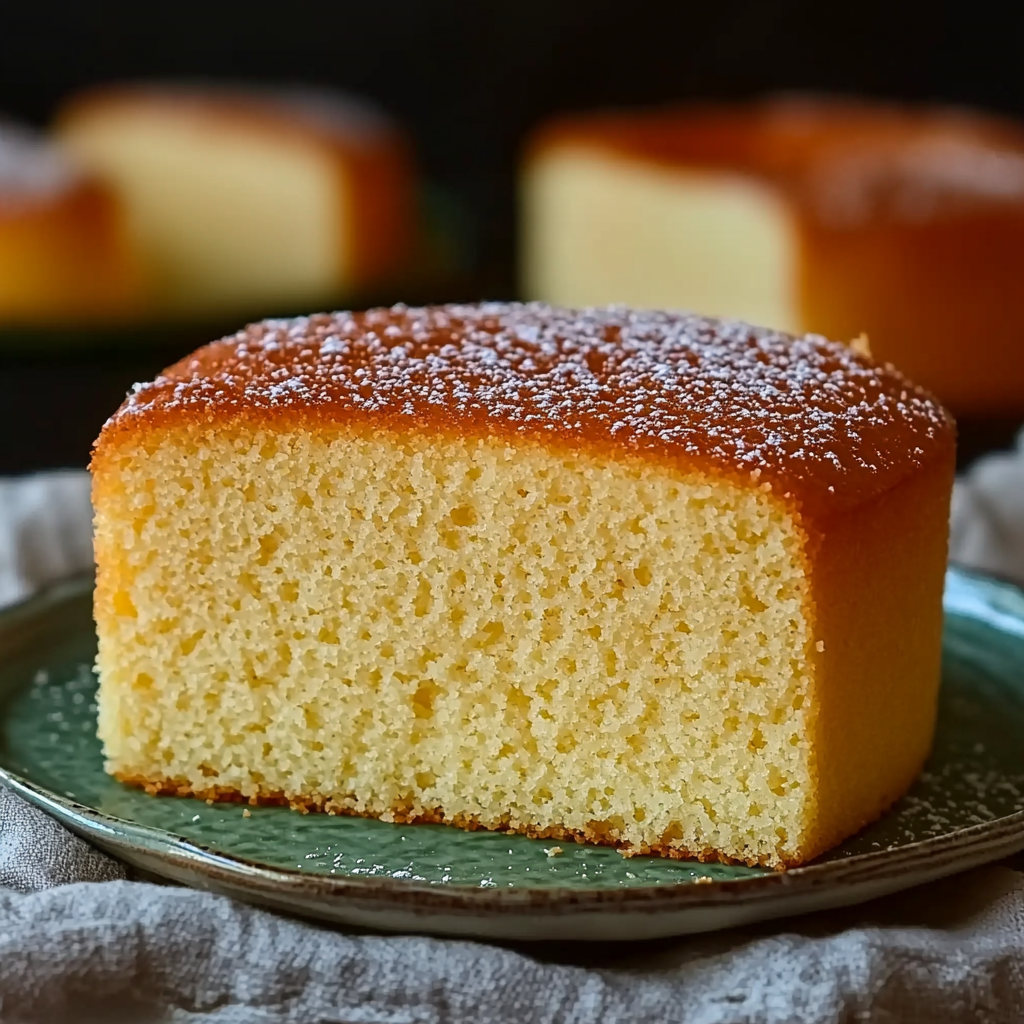
7. Popular Butter Cake Variations
Once you’ve mastered the classic butter cake, it’s time to get creative. These variations keep the buttery richness while introducing new layers of flavor, texture, and visual appeal.
Lemon Butter Cake
-
Add lemon zest and 2 tbsp of fresh lemon juice to the batter.
-
Finish with a light lemon glaze for a zesty twist.
Chocolate Marble Butter Cake
-
Divide batter into two bowls. Add cocoa powder to one.
-
Swirl both batters in the pan before baking for a marbled effect.
Almond or Nutty Butter Cake
-
Add 1 tsp almond extract to the batter.
-
Fold in ½ cup chopped almonds or pecans for a nutty texture.
Coconut Butter Cake
-
Replace ¼ cup of milk with coconut milk.
-
Add ½ cup shredded coconut to the batter or sprinkle on top before baking.
Caramel or Brown Sugar Butter Cake
-
Replace granulated sugar with light brown sugar for a deeper molasses flavor.
-
Drizzle with caramel sauce after baking for added indulgence.
Fruit-Filled Butter Cake
-
Gently fold in chopped peaches, blueberries, or apples.
-
To avoid sogginess, toss fruit with a tablespoon of flour before adding to the batter.
For additional ideas, Pinterest’s moist cake recipes offer visual examples of how others have transformed this versatile base into flavor-packed masterpieces.
8. Creative Frostings and Toppings
Pairing your butter cake with the right topping transforms it from a basic dessert into a showstopper. These frosting and topping ideas enhance flavor while adding aesthetic appeal.
-
Vanilla Bean Buttercream: Rich, smooth, and classic. Ideal for birthday or celebration cakes.
-
Chocolate Ganache: Glossy and decadent. Best for formal desserts or layering.
-
Cream Cheese Frosting: Adds a tangy contrast, perfect for fruit-filled cakes.
-
Citrus Glazes: Lemon, orange, or lime glazes add brightness and acidity.
-
Nut Toppings: Toasted coconut, chopped walnuts, or pecans for texture.
You can browse Pinterest’s cake decorating ideas for ways to apply these toppings creatively—whether with piped swirls, drip effects, or simple, rustic finishes.
9. Pro Tips to Elevate Your Butter Cake Game
Even a simple recipe can be taken to the next level with a few expert tricks. These tips will help you achieve bakery-level results at home.
-
Use Cake Flour Instead of All-Purpose Flour: This gives a finer, softer crumb.
-
Incorporate Sour Cream or Greek Yogurt: Adds tang and keeps the cake moist for longer.
-
Brush Cake Layers with Syrup: Simple syrup (infused with vanilla, coffee, or citrus) boosts flavor and moisture.
-
Chill the Cake Before Frosting: Makes decorating cleaner and easier.
For ingredient accuracy and structure, understanding all-purpose flour and its alternatives helps you make smart substitutions.
Want ideas to pair these pro tips with stunning presentation? Explore Pinterest’s dessert presentation tips for modern and classic decorating styles.
10. Butter Cake for Special Occasions
The adaptability of butter cake makes it ideal for any event. Its firm yet tender crumb holds up beautifully under layers of frosting, fillings, and decorations.
Ideas for Special Occasions:
-
Birthdays: Layer with colorful buttercream or fruit fillings.
-
Weddings: Combine multiple tiers with classic finishes like vanilla frosting and edible flowers.
-
Holidays: Add seasonal flavors like pumpkin spice or cranberry-orange zest.
-
Brunch or Tea Parties: Serve in square cuts with powdered sugar and berries.
If you’re planning for an event, find additional inspiration on Pinterest’s fruit cake ideas, which often include seasonal variations of the classic butter cake.
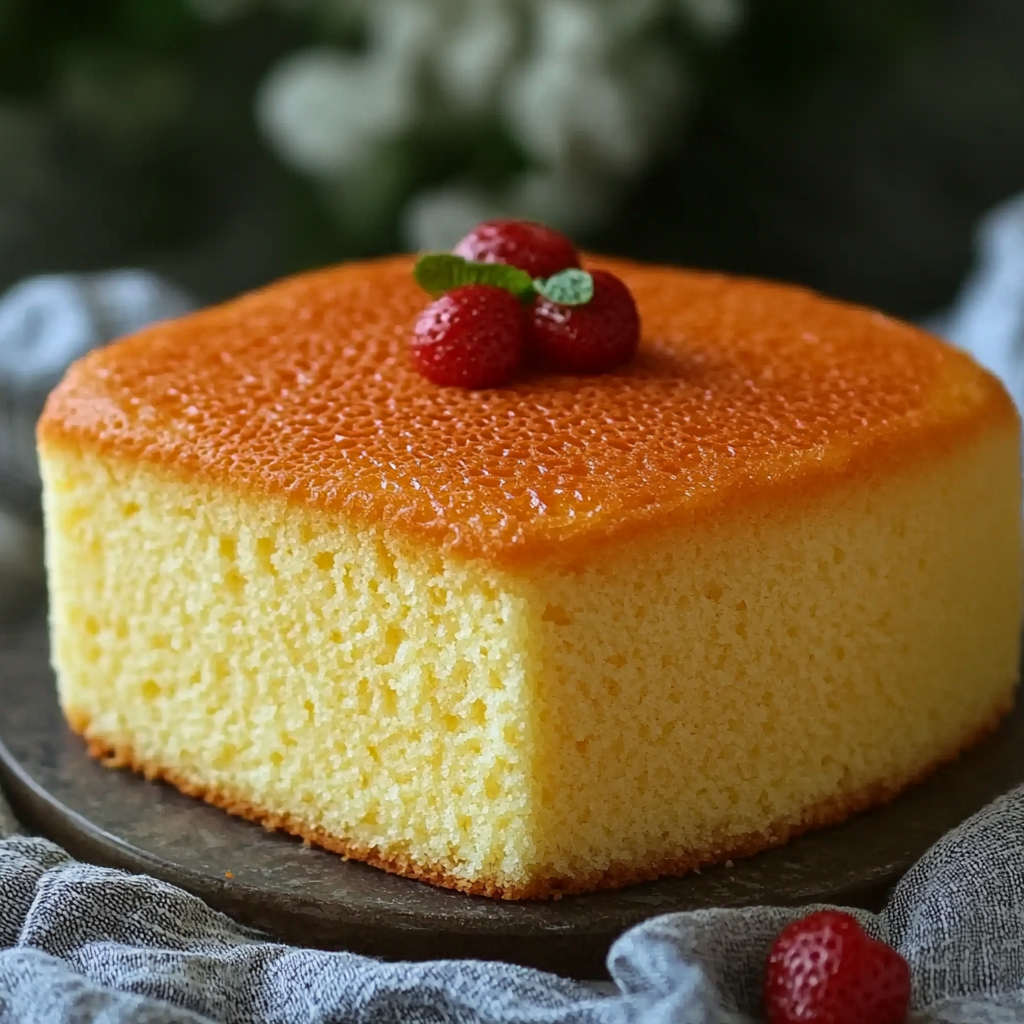
11. FAQs – People Also Ask
Q1: What is the difference between pound cake and butter cake?
Pound cake uses equal parts of butter, sugar, eggs, and flour and typically has no chemical leavening, resulting in a denser texture. Butter cake uses baking powder, making it lighter and more tender.
Q2: Can I use oil instead of butter in a butter cake?
You can, but it will lose the rich flavor that butter provides. Oil may make it slightly more moist but less flavorful.
Q3: Why is my butter cake dry or dense?
Overmixing the batter or overbaking can lead to dryness. Also, using cold butter or insufficient leavening can cause denseness.
Q4: Can I make butter cake gluten-free?
Yes, use a 1:1 gluten-free flour blend. Add a little sour cream or yogurt to help with moisture and texture.
Q5: What’s the best frosting for butter cake?
Buttercream and cream cheese frosting are popular choices, but a chocolate ganache works beautifully too, depending on the occasion.
PrintEasy Butter Cake Variations to Sweeten Your Day
This classic butter cake recipe creates a rich, moist dessert perfect for any occasion. With a soft, tender crumb and layers of buttery flavor, it’s versatile enough to stand alone or be dressed up with glazes, frostings, or fresh fruit.
- Author: Clara
Ingredients
- 1 cup (2 sticks) unsalted butter, softened
- 1 ½ cups granulated sugar
- 4 large eggs
- 2 ½ cups all-purpose flour
- 2 ½ tsp baking powder
- ½ tsp salt
- 1 cup whole milk
- 2 tsp vanilla extract
Instructions
Preheat your oven to 350°F (175°C). Grease and flour two 9-inch round cake pans or one 9×13-inch pan.
In a large mixing bowl, cream the softened butter and sugar until light and fluffy.
Add the eggs one at a time, beating well after each addition. Stir in the vanilla extract.
In a separate bowl, whisk together the flour, baking powder, and salt.
Add the dry ingredients to the butter mixture in three parts, alternating with the milk. Begin and end with the flour mixture, mixing just until combined.
Pour the batter evenly into the prepared pan(s) and smooth the top.
Bake for 30–35 minutes, or until a toothpick inserted in the center comes out clean.
Allow the cake to cool in the pan for 10 minutes before transferring to a wire rack to cool completely.
Notes
-
Always use room-temperature ingredients for the best texture.
-
Avoid overmixing once you add the flour to prevent a dense cake.
-
Substitute sour cream or yogurt for extra moistness in dry climates.
-
For a firmer structure (great for layering), chill the cake before assembling.
-
Customize with extracts, fruits, or nuts to create unique butter cake variations.
